Climate change is reshaping our planet in profound ways, and nowhere is this more evident than in our oceans. As the Earth’s temperature rises, ocean life is forced to adapt in sometimes surprising and eerie ways. From bioluminescent displays to peculiar behaviors, these ocean creatures have developed unique strategies to survive in their changing environments. Let’s dive into the astonishing world of marine adaptation and meet 12 ocean creatures that have taken remarkable—and sometimes creepy—steps to ensure their survival.
1. The Glowing Jellyfish: Nature’s Light Show
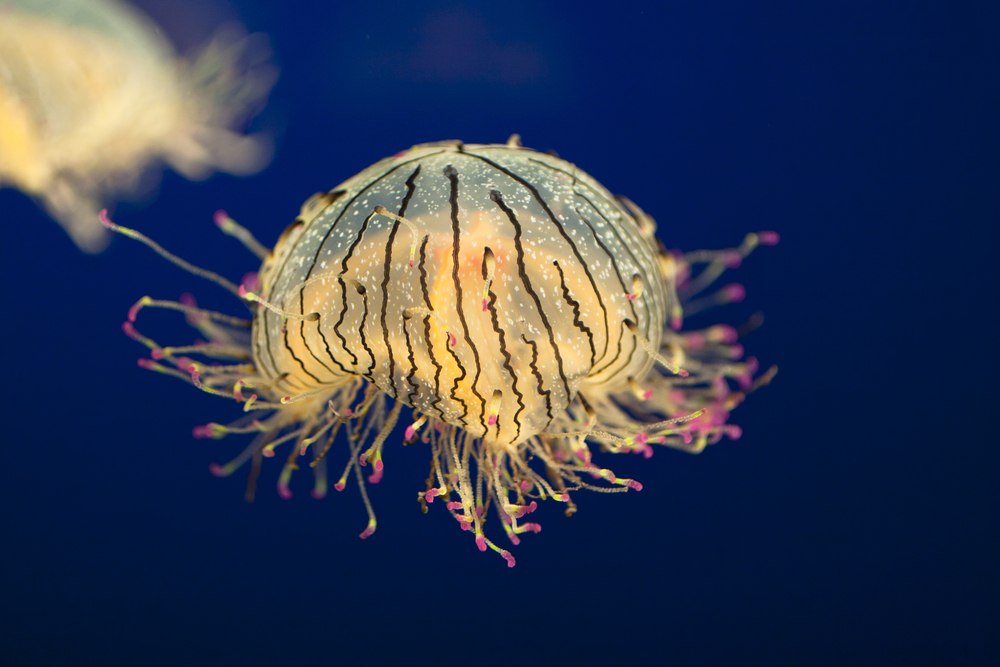
Jellyfish, already known for their ethereal beauty, have taken their light display to a new level as a survival strategy. In response to climate change, some jellyfish species have evolved to emit even brighter and more frequent bioluminescent displays. This isn’t just for show; it helps them ward off predators and lure prey in increasingly murky waters caused by pollution and runoff. According to the Smithsonian Magazine, these light shows are becoming more common as jellyfish populations thrive where other species struggle. Interestingly, this adaptation also aids in their migration patterns, as the glow helps them navigate the vast ocean expanses.
These jellyfish are not only surviving but thriving, and their population booms signal significant ecological shifts. Their increased numbers can disrupt local ecosystems by outcompeting native species and altering food webs. It’s an eerie reminder of how quickly some creatures can adapt—and how their success can spell trouble for others. This adaptation highlights the resilience of jellyfish but also underscores the complex challenges facing marine ecosystems under climate change pressures.
2. Octopuses: Masters of Disguise and Temperature Regulation
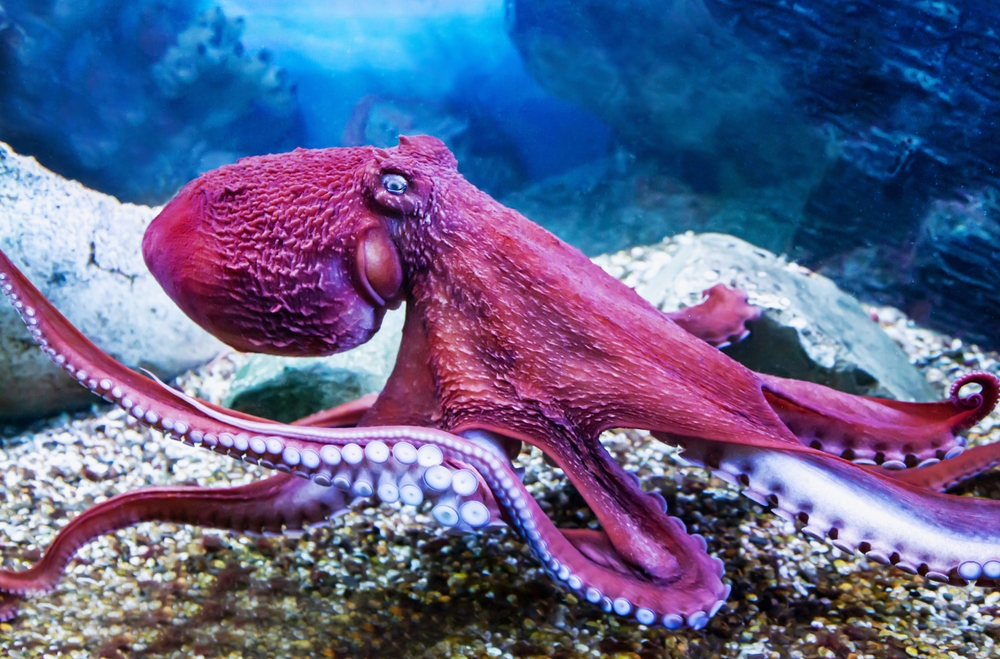
Octopuses have long been admired for their intelligence and adaptability, but climate change has pushed these skills to new heights. Recent studies reveal that octopuses are becoming more adept at changing not only their skin color but also its texture and temperature. This ability helps them regulate their body heat in warming waters, as well as camouflage more effectively against altered ocean floors. According to National Geographic, this adaptation is crucial as octopuses face new predators and diminishing resources in their rapidly changing habitats.
Beyond camouflage, octopuses have also been observed altering their hunting tactics to cope with the scarcity of traditional prey. They now explore deeper waters and experiment with consuming a wider variety of sea life, showcasing their incredible adaptability. This evolution in behavior and physical traits demonstrates their remarkable resilience—but also raises questions about the long-term impacts on their newly adapted ecosystems. As octopuses continue to adapt, they highlight the delicate balance of survival and environmental impact in a changing ocean world.
3. The Resilient Coral: Building Stronger Reefs
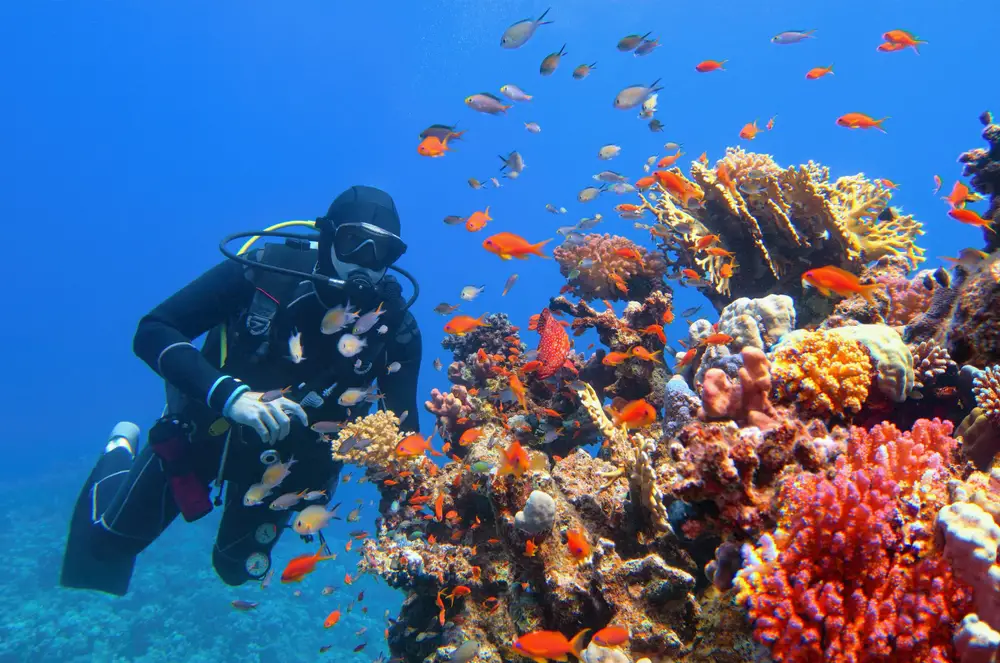
Coral reefs, often referred to as the rainforests of the sea, face dire threats from climate change, yet some species are showing remarkable resilience. Certain corals have adapted to withstand higher temperatures and increased levels of ocean acidity, crucial survival traits in the face of coral bleaching events. According to research from the NOAA, these resilient corals possess symbiotic algae that are better equipped to handle thermal stress. This relationship enables them to sustain energy production and continue growing, even under stressful conditions.
What’s fascinating is how these corals can potentially “teach” other species to adapt, through a process known as coral transplantation and selective breeding. By introducing resilient strains into vulnerable areas, scientists hope to bolster reef restoration efforts. However, the resilience of these corals does not eliminate the broader threat to marine biodiversity. While their adaptation is a beacon of hope, it also underscores the urgent need for comprehensive conservation strategies. These resilient corals are a testament to nature’s tenacity but also a sobering reminder of the ongoing battle against climate change.
4. Sea Turtles: Navigating Warmer Waters with New Routes

Sea turtles have been traversing the oceans for millions of years, and climate change is forcing them to adjust their legendary migratory routes. As sea temperatures rise and ocean currents shift, these ancient navigators are altering their travel patterns to find cooler waters and abundant feeding grounds. This adaptation is crucial, as the traditional paths that once guaranteed survival are becoming perilous. Scientists have observed that some sea turtle populations are nesting earlier and farther north than usual, a direct response to the changing climate.
However, these new routes are not without risk, as they expose turtles to unfamiliar predators and human-made hazards like shipping lanes and fishing nets. The juvenile turtles, in particular, face heightened risks due to altered food availability and increased predator encounters. Despite these challenges, sea turtles remain resilient, showcasing their adaptability in the face of adversity. This ongoing evolution highlights both the resilience of marine life and the urgent need for human intervention to protect these ancient mariners.
5. The Adaptable Clownfish: Home Sweet Home Amid Ocean Changes
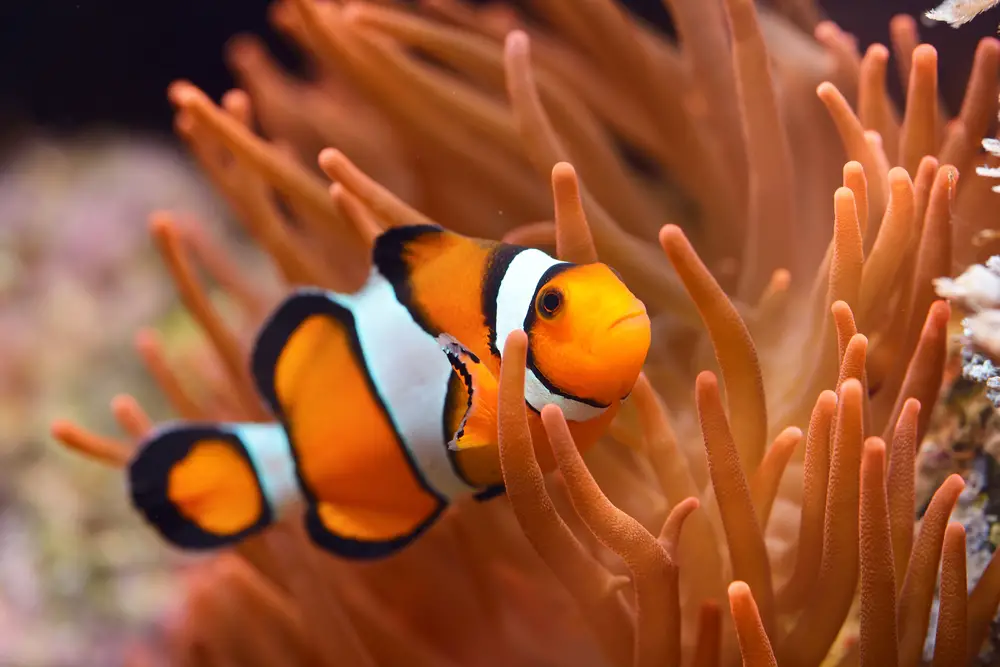
Clownfish, the charismatic stars of coral reefs, are facing new challenges as their habitats are altered by climate change. Rising sea temperatures and ocean acidification threaten the anemones they call home, forcing clownfish to adapt to survive. Observations reveal that clownfish are expanding their range, seeking out more thermally stable environments. This adaptation not only involves physical relocation but also behavioral changes, as they become more aggressive in competition for suitable anemones.
Additionally, clownfish have shown a surprising ability to acclimate to slightly higher acidity levels, which helps them maintain crucial biological processes. They have modified their reproductive strategies to ensure their young can thrive in these new environments. The adaptability of clownfish is indicative of their resilience, but it also highlights the precariousness of coral reef ecosystems. As they navigate these changes, clownfish symbolize both the fragility and tenacity of ocean life facing climate change.
6. The Mighty Krill: Small Creatures with Big Impacts
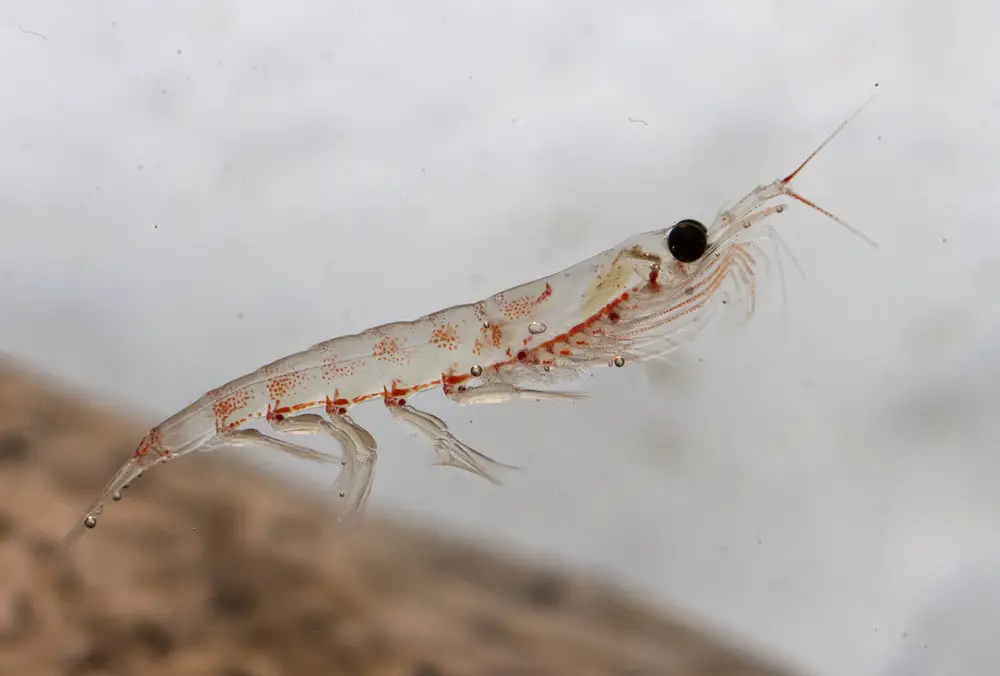
Krill, the small crustaceans that form the backbone of many marine food chains, are facing significant challenges as the climate changes. These tiny creatures are adapting by altering their life cycles and growth patterns to cope with warming waters and changing sea ice conditions. They have been observed spawning earlier in the season to align with the availability of their primary food source, phytoplankton, which blooms earlier due to temperature shifts. This adjustment is vital for maintaining their population levels and, consequently, the larger food web that depends on them.
However, changes in krill populations have cascading effects throughout the ecosystem, impacting species such as fish, penguins, and whales that rely on them for sustenance. The resilience of krill is crucial for the stability of these interconnected systems, yet their success in adapting highlights the broader shifts occurring in ocean ecosystems. As climate change continues to alter marine environments, the adaptability of krill serves as both a beacon of hope and a reminder of the precarious balance within oceanic food webs.
7. The Deep-Sea Anglerfish: Thriving in a Changing Abyss
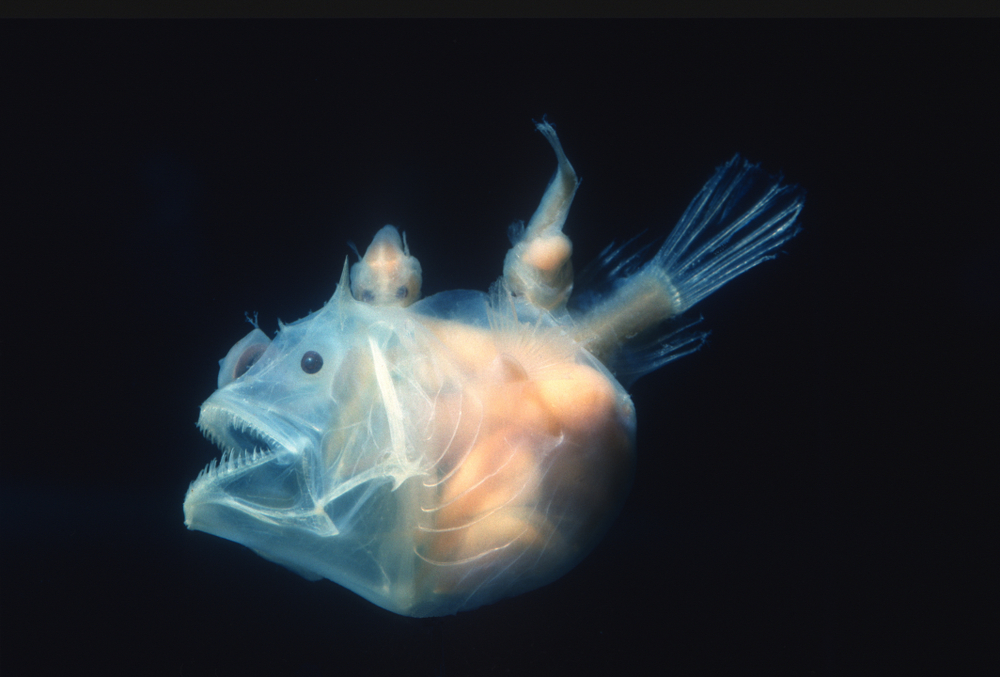
Deep-sea anglerfish, famous for their bizarre appearance and bioluminescent lures, have evolved to withstand the harsh conditions of the ocean’s depths. Although climate change impacts are less direct in these deep habitats, changes in surface conditions can significantly affect the deep sea. Anglerfish have adapted by expanding their hunting territories and altering their feeding strategies to capture scarce prey. This change involves both physical and behavioral adaptations, allowing them to survive in increasingly nutrient-poor environments.
Their bioluminescent lures have become even brighter and more effective, an adaptation that aids in attracting prey in the dark, nutrient-deficient waters. Additionally, some species have shown changes in reproductive behavior, ensuring their survival in a changing abyss. The anglerfish’s resilience highlights the intricate connections between surface and deep-sea ecosystems and the importance of understanding these relationships as climate change progresses. As masters of survival, anglerfish continue to thrive in one of the planet’s most extreme environments, showcasing nature’s ingenuity in the face of adversity.
8. The Adaptive Sea Urchin: Thriving on Shifting Shores
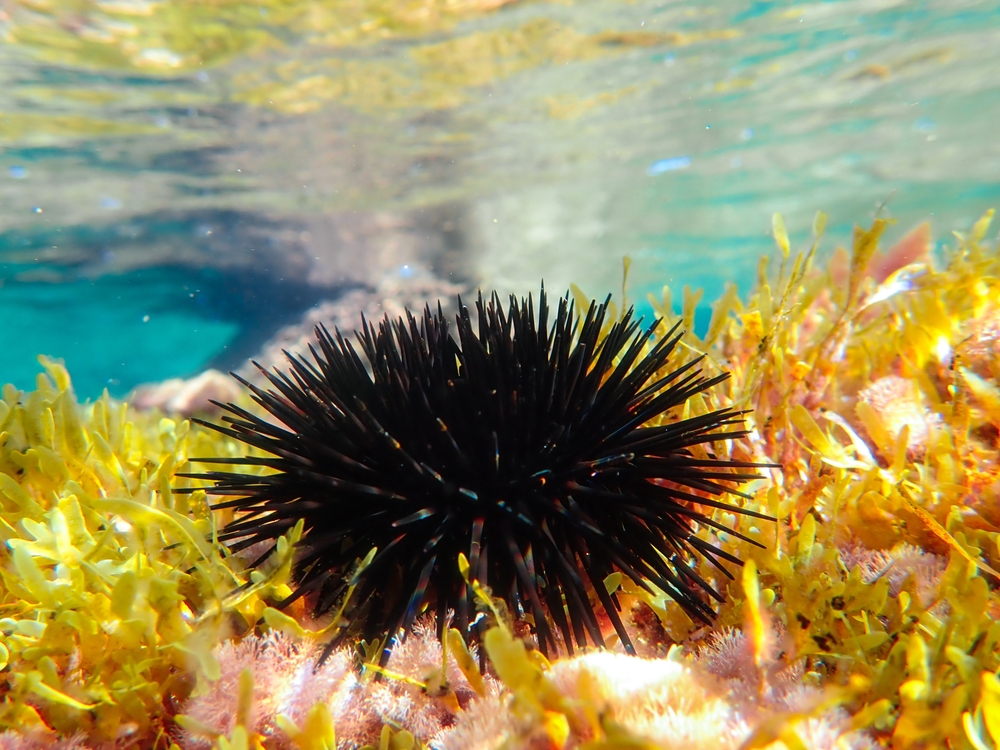
Sea urchins, with their spiky exteriors, have long been a staple of coastal ecosystems. However, rising ocean temperatures and acidification pose significant threats to their survival. Some sea urchin species have adapted by extending their habitat ranges, moving into cooler waters that were previously uninhabitable. This migration is paired with physiological changes that allow them to tolerate increased acidity, a crucial adaptation for maintaining their calcium-rich shells.
As sea urchins adapt, they play a pivotal role in shaping their new environments, often altering the structure of kelp forests and coral reefs. Their grazing habits can lead to significant ecological changes, impacting the balance of these marine habitats. While their adaptability is remarkable, it also raises questions about the long-term consequences of their expanding presence. Sea urchins’ ability to thrive amid climate change highlights the complex interplay between adaptation and ecosystem balance, reflecting the broader challenges facing ocean ecosystems today.
9. The Resilient Mangrove Rivulus: Fish Out of Water
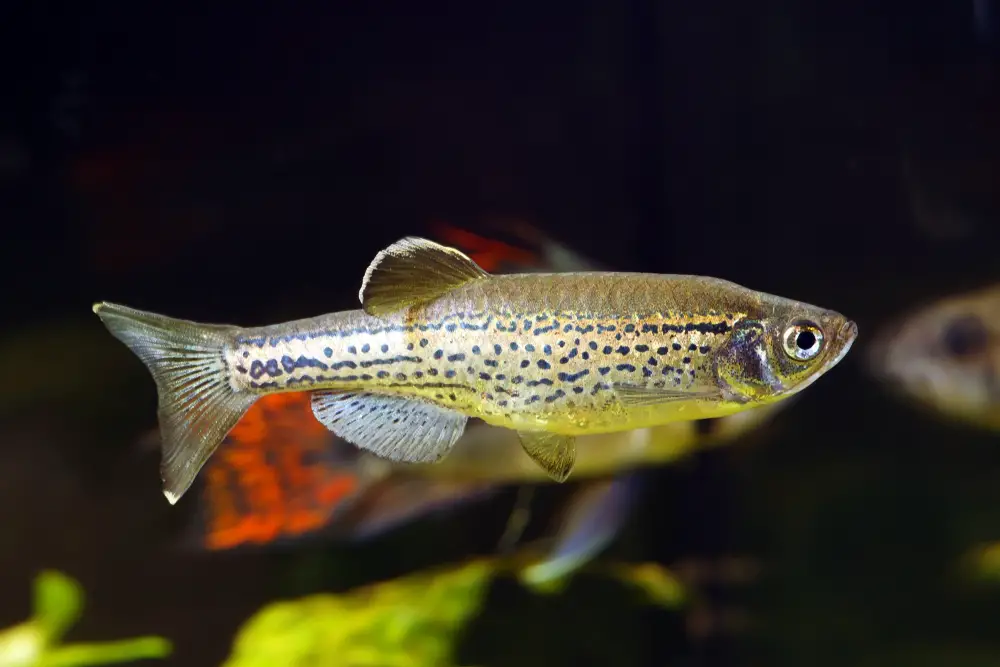
The mangrove rivulus, a small fish known for its unique amphibious lifestyle, has developed intriguing adaptations to survive climate change. Found in brackish mangrove swamps, rivulus fish are capable of living both in water and on land for extended periods. This remarkable adaptation allows them to escape rising water temperatures and fluctuating oxygen levels by temporarily dwelling on land. Their ability to breathe air through their skin and specialized gills is an extraordinary survival tactic that supports their resilience in changing environments.
Moreover, the rivulus fish have adapted their reproductive strategies, often practicing self-fertilization to ensure survival in isolated conditions. This flexibility in reproduction is pivotal as their habitats become more fragmented and unpredictable. By thriving in both aquatic and terrestrial environments, the mangrove rivulus showcases an extraordinary level of adaptability. Their unique lifestyle serves as a testament to the diverse ways in which marine life can respond to the pressures of climate change, illustrating the innovative survival strategies that characterize the natural world.
10. The Whale Shark: A Gentle Giant’s Changing Diet
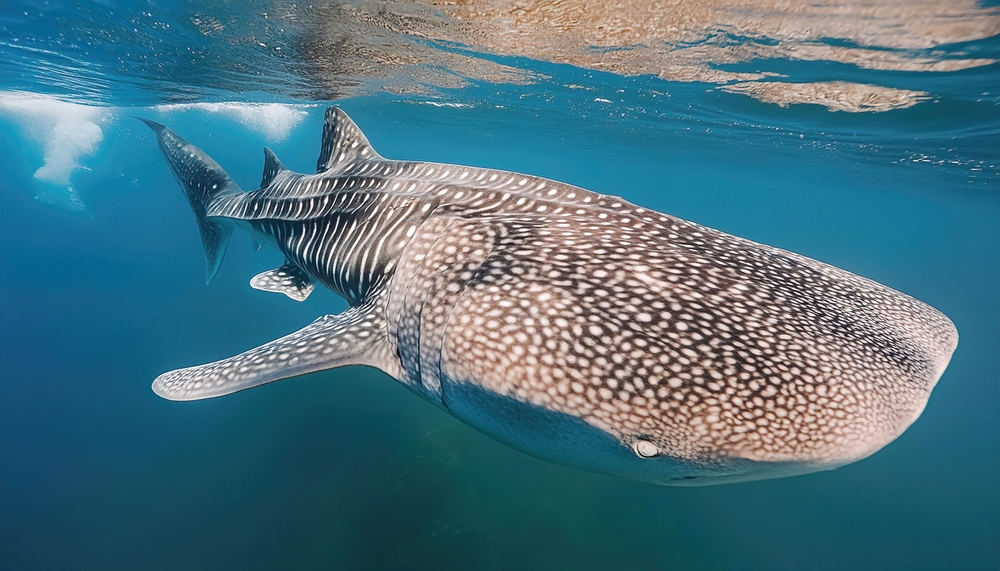
Whale sharks, the largest fish in the ocean, are adapting to climate change by altering their feeding habits. Traditionally filter feeders, these gentle giants have begun diversifying their diet to include a wider range of prey, such as small fish and squid. This shift is likely a response to changes in plankton availability, which is influenced by rising sea temperatures and altered ocean currents. By expanding their dietary preferences, whale sharks improve their chances of finding nourishment in a changing ocean.
This adaptation not only supports their survival but also influences the ecosystems they inhabit. Whale sharks play a crucial role in oceanic ecosystems by helping to regulate plankton levels and contribute to nutrient cycling. As they adjust to climate change, their presence and feeding behaviors can significantly impact local marine environments. The whale shark’s ability to adapt highlights the interconnectedness of marine species and the importance of understanding dietary shifts as a means of survival.
11. The Adaptive Puffin: Navigating New Feeding Grounds

Puffins, the charismatic seabirds with brightly colored beaks, are facing significant challenges due to climate change. As ocean temperatures rise, their traditional prey, such as sand eels, are shifting to cooler waters, forcing puffins to adapt their feeding strategies. These birds are now exploring new feeding grounds and expanding their diets to include a broader range of fish species. This change in behavior is crucial for their survival but also highlights the broader impacts of climate change on marine food webs.
Furthermore, puffins are adapting their breeding habits to align with shifting food availability, often nesting earlier or relocating to different sites. This flexibility is vital as they cope with the unpredictability of their changing environment. While puffins demonstrate impressive adaptability, their success is not without challenges, as climate change continues to disrupt marine ecosystems. These seabirds’ ability to navigate new feeding grounds underscores the complex interplay between climate change, food availability, and species survival.
12. The Resilient Sea Star: Regenerating in Warmer Waters
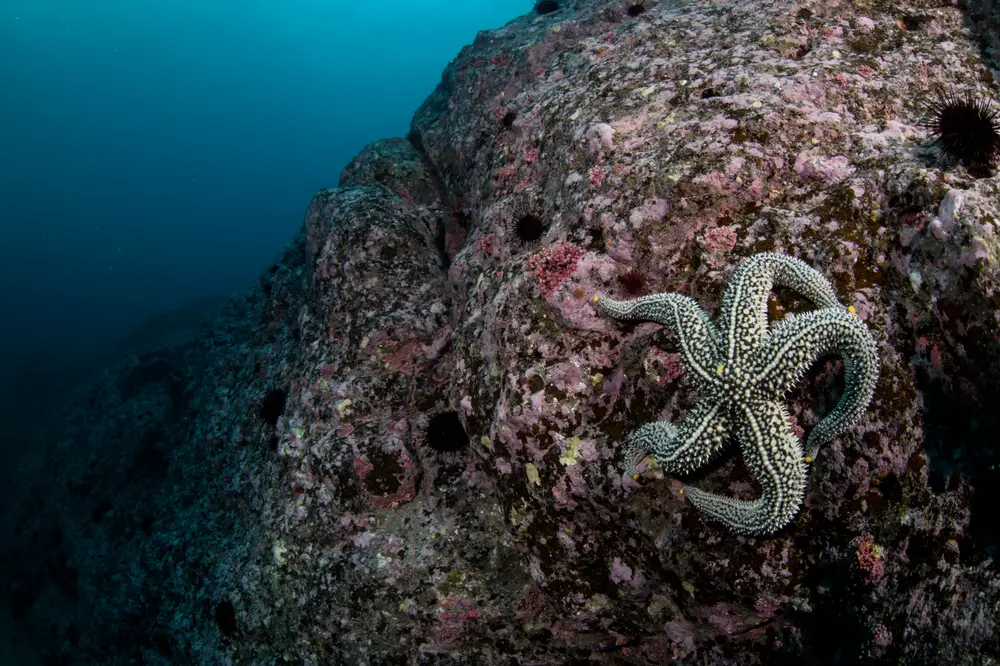
Sea stars, also known as starfish, have faced significant population declines due to disease outbreaks exacerbated by climate change. However, some species have shown remarkable resilience by adapting to warmer and more acidic waters. Sea stars possess incredible regenerative abilities, allowing them to recover from injuries and environmental stressors. This adaptation is crucial as they navigate the challenges posed by a changing climate, including increased temperatures and ocean acidification.
In addition to their regenerative capabilities, sea stars are altering their feeding behaviors to cope with the scarcity of traditional prey. This flexibility in diet helps them maintain their role as key predators in marine ecosystems, contributing to the balance of these environments. The sea star’s resilience illustrates the potential for recovery and adaptation in the face of climate change, offering hope for the future of marine biodiversity. Their survival strategies highlight the importance of understanding and supporting the adaptive capacities of marine species in a rapidly changing world.
